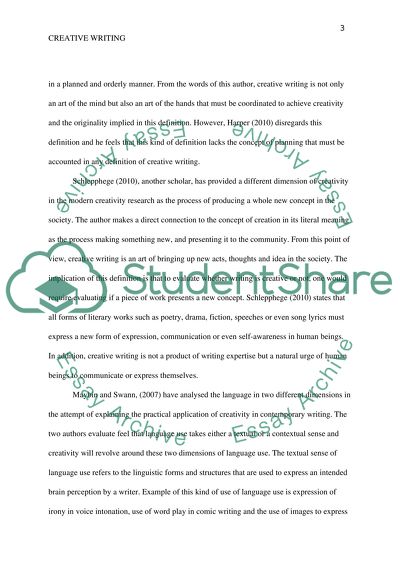Cite this document
(“Creativity in different forms of everyday writing, factors account for Assignment”, n.d.)
Retrieved from https://studentshare.org/english/1488290-creativity-in-different-forms-of-everyday-writing
Retrieved from https://studentshare.org/english/1488290-creativity-in-different-forms-of-everyday-writing
(Creativity in Different Forms of Everyday Writing, Factors Account for Assignment)
https://studentshare.org/english/1488290-creativity-in-different-forms-of-everyday-writing.
https://studentshare.org/english/1488290-creativity-in-different-forms-of-everyday-writing.
“Creativity in Different Forms of Everyday Writing, Factors Account for Assignment”, n.d. https://studentshare.org/english/1488290-creativity-in-different-forms-of-everyday-writing.


